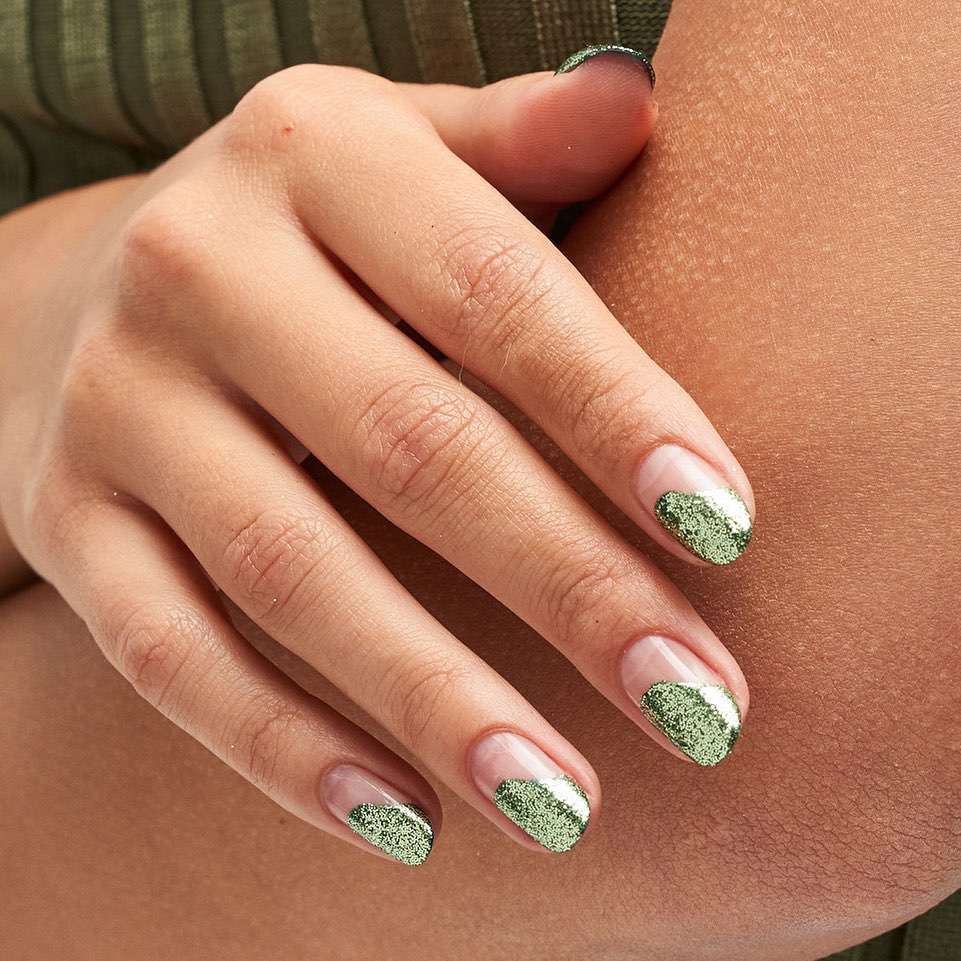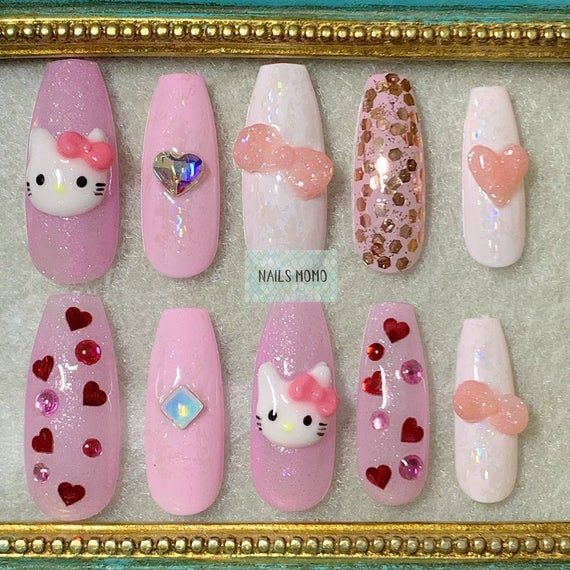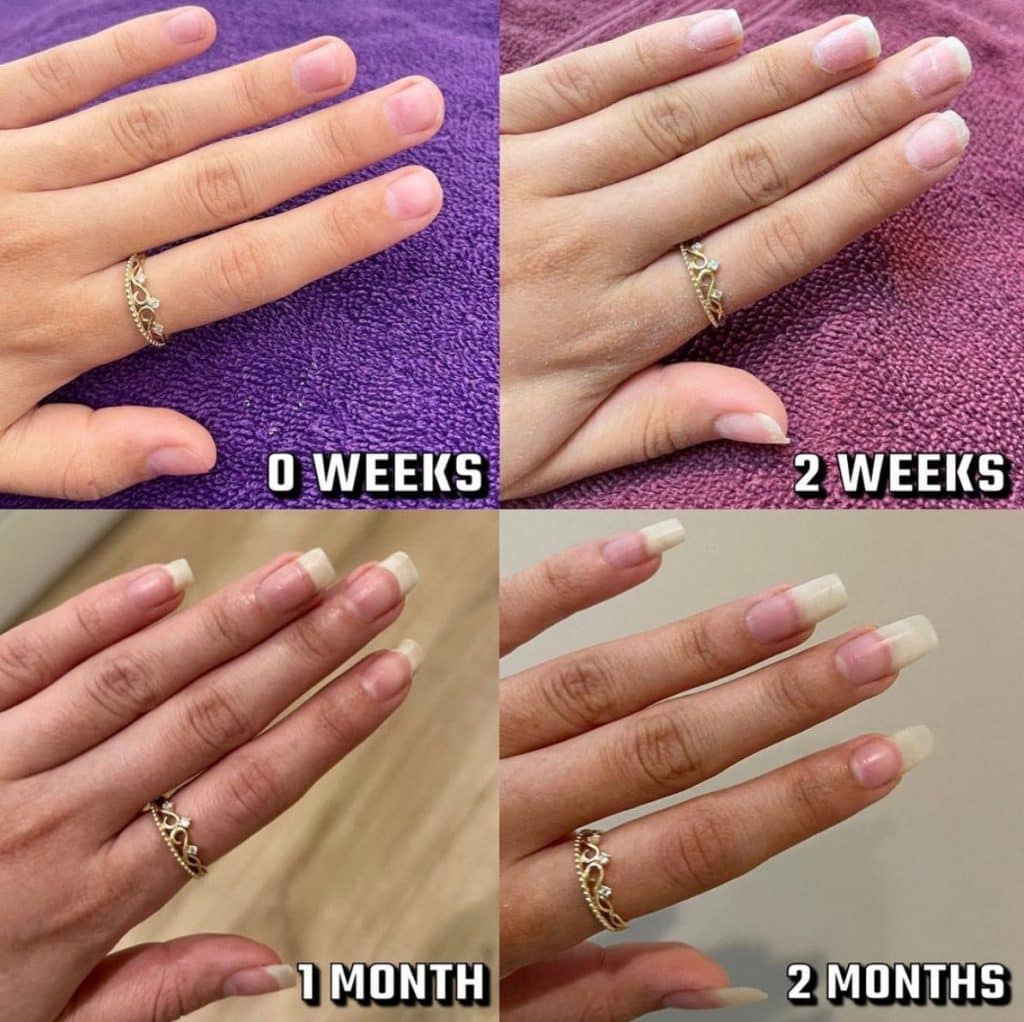Cat ingrown nails occur when the nail grows into the flesh instead of outward. This can cause pain and discomfort for your feline friend.
Cats, like humans, can also experience ingrown nails. This happens when the nail grows into the flesh instead of the intended outward direction. It can be a source of discomfort and pain for your furry companion. If you notice your cat limping or favoring a particular paw, it could be a sign of an ingrown nail.
Immediate attention and care are required to prevent further complications. We will discuss the causes, symptoms, and treatment options for cat ingrown nails, as well as prevention tips to keep your cat’s nails healthy.

Credit: www.amazon.com
Causes Of Cat Ingrown Nails
Cat ingrown nails can be caused by genetics and breed predisposition. Improper nail trimming techniques can lead to ingrown nails. Overgrown nails can also result in this condition. Additionally, poor diet and nutrition can contribute to the development of ingrown nails in cats.
Regular nail trimming is crucial to prevent ingrown nails. It’s important to ensure that the nails are cut at the correct length and angle. Providing a well-balanced diet with essential nutrients is essential for maintaining healthy nails. If your cat is prone to ingrown nails, consult with a veterinarian for proper care and treatment.
By addressing the underlying causes and practicing good nail care, you can help prevent cat ingrown nails and keep your feline friend comfortable and happy.
Recognizing Symptoms Of Cat Ingrown Nails
Recognizing symptoms of cat ingrown nails is crucial for identifying the issue early on. One common indication is limping or lameness, where the cat favors one paw over the others. Swelling and redness around the affected nail are also signs to watch out for.
Excessive paw licking or chewing may indicate discomfort and pain caused by the ingrown nail. Additionally, bleeding or discharge from the affected area should not be ignored. If any of these symptoms are observed, it is important to consult a veterinarian for proper diagnosis and treatment.
Early intervention can prevent further complications and help the cat regain its comfort and mobility.
Treatment Options For Cat Ingrown Nails
Cat ingrown nails can be a problem for our furry friends. Regular nail trimming and maintenance are crucial to prevent this issue. Soaking the cat’s paws in an epsom salt solution can help to alleviate discomfort and reduce inflammation. Another option is using soft paws or nail caps as a temporary solution to protect the cat’s nails and prevent them from becoming ingrown.
In more severe cases, surgical intervention by a veterinarian may be necessary to address the issue. Proper care and attention to our cat’s nails can ensure their comfort and prevent ingrown nails in the future.
Precautions And Home Remedies For Cat Ingrown Nails
Cat ingrown nails can be a painful and uncomfortable condition for our feline friends. To prevent this issue, regular inspection and trimming of nails are essential. Providing appropriate scratching surfaces and posts also helps cats to naturally wear down their nails.
Additionally, a proper nutrition and balanced diet contribute to overall nail health. It’s crucial to ensure that your cat’s diet includes essential nutrients for strong and healthy nails. Lastly, regular vet check-ups are important to monitor and maintain your cat’s nail health.
During these check-ups, the vet can trim the nails if necessary and provide any additional recommendations. By following these precautions and home remedies, you can help keep your cat’s nails in good condition and prevent ingrown nails.
Preventing Cat Ingrown Nails In The Future
Ingrown nails can be a common problem in cats, but there are preventive measures you can take. Consistency is key, so establish a regular nail trimming schedule. Handle your cat gently and positively during the process to create a positive association.
Keep an eye on nail growth and check for any signs of infection or discomfort. Regular exercise and playtime can also help keep your cat’s nails naturally worn down. By following these guidelines, you can prevent cat ingrown nails and ensure your feline friend’s paw health.
Keep your cat’s nails happy and healthy!
Frequently Asked Questions On Cat Ingrown Nail
What Causes A Cat Ingrown Nail?
A cat ingrown nail can be caused by improper nail trimming, trauma to the nail bed, or the nail growing too quickly. Obesity or arthritis can also contribute to the problem.
How Can I Prevent My Cat’S Nails From Becoming Ingrown?
To prevent your cat’s nails from becoming ingrown, make sure to trim them regularly using proper nail trimmers. Avoid cutting too close to the quick and provide scratching posts to help naturally file down their nails.
What Are The Signs Of A Cat Having An Ingrown Nail?
Signs of a cat having an ingrown nail include limping, swelling around the affected toe, pain when touched, bleeding, and an unwillingness to put weight on the affected foot. If you notice any of these signs, consult a veterinarian.
Can A Cat’S Ingrown Nail Be Treated At Home?
In some cases, a cat’s ingrown nail can be treated at home by soaking the affected paw in warm water and gently trying to release the nail. However, if the ingrown nail is causing severe pain or bleeding, it’s best to seek veterinary assistance.
What Should I Do If My Cat’S Ingrown Nail Doesn’T Improve?
If your cat’s ingrown nail doesn’t improve or worsens despite at-home treatments, it’s important to take them to a veterinarian. They may need to be sedated or undergo a minor surgical procedure to address the issue and prevent further complications.
Can Ingrown Nails In Cats Cause Serious Health Problems?
Yes, if left untreated, ingrown nails in cats can cause serious health problems. These include infections, abscesses, and even changes in gait that can lead to joint issues. It’s important to address ingrown nails promptly to avoid these complications.
Conclusion
It is crucial to keep a close eye on your cat’s nails to prevent the development of ingrown nails. Regularly trimming your cat’s nails and ensuring they have appropriate scratching surfaces can go a long way in preventing this painful condition.
If you notice any signs of an ingrown nail, such as limping, swelling or redness, it is important to seek veterinary care promptly. Your veterinarian will be able to diagnose and treat the ingrown nail, providing relief for your feline friend.
Remember, taking good care of your cat’s nails not only promotes their overall well-being but also helps prevent other potential complications. By being proactive and attentive to their nail health, you can keep your furry companion comfortable and happy.








